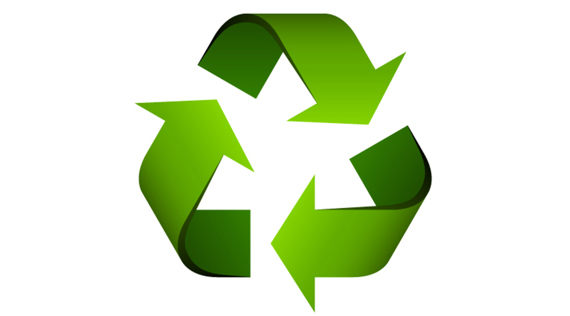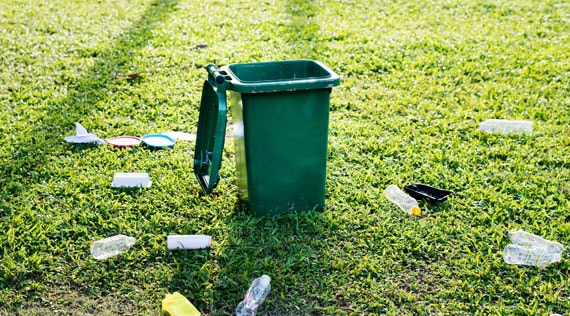RecyclingMonster - Polyurethanes (PUs) are used in many products, such as mattresses, insulation, footwear and construction materials. Wear and replacement of these products generates lots of waste and creates demand for new PUs, often made from toxic building blocks. A few methods have attempted to recycle PU waste, but these techniques result in lower-value products. Now, researchers report in ACS Central Science a way to recycle used PU into equivalent or even higher-value items.
Conventional PU can't be recycled simply by heating because it consists of polymer networks held together by strong chemical bonds that don't flow when heated. Instead, PU can only be downcycled into less useful materials. Some research groups have made new types of PU with crosslinks that can be broken and reformed in response to a stimulus, allowing it to be recycled. But this approach would require the industry to commercialize new starting materials, and it wouldn't address the issue of conventional waste lingering in landfills. Also, these methods haven't been tested on foams, the form in which most PU is used in products. Another research group developed a way to recycle conventional polyester or modified PU by soaking it in a catalyst solution that enabled the material to be re-shaped into similar- or higher-valued products. William Dichtel and colleagues wanted to explore this concept further by using different crosslink exchange chemistry and coupling it with industrially relevant processing techniques to recycle conventional PU foams into rubber and hard plastic.
To do this, the team started by grinding up PU foam or film and mixing the particles in a catalyst solution. After drying, the particles were compression molded to form new films. Compression molded films formed good-quality products, but foam treated in this way produced cracked and inhomogeneous materials. The researchers solved this problem by developing a twin-screw extrusion process that improved mixing and air removal in recycled foams, compared to the compression molding approach. They say this new method could be used for continuous recycling of the large amounts of PU waste currently landfilled or newly produced.
Courtesy : www.eurekalert.org

